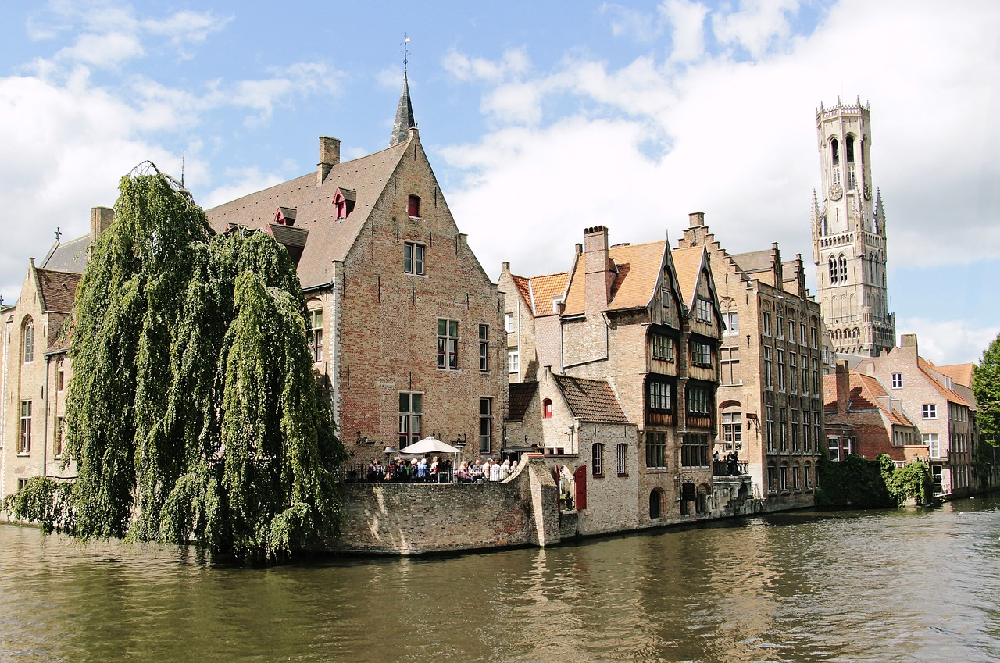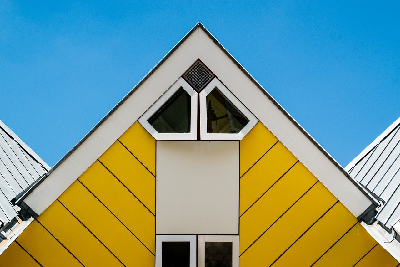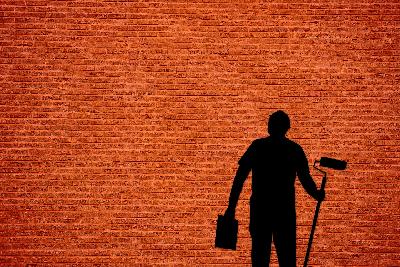Each heritage site is something that is inherited from the past in order to cherish it in the present and pass it on to the future. Heritage properties play a vital role in the society – they are a foundation of the culture and the marker of social traditions, customs or political views. Every property that is time-worn needs to be renovated or restored. Here is the list of dos and don’ts while completing the task.
A link to the country’s history
In every land, there are monuments and precious properties that need preservation for future generations. Heritage objects can be considered both 18th or 19th century properties, as well as houses or sites that come from the 1960 or even later. Each of the site is a priceless link to the history of the country and needs to be carefully restored by a professional decorating company in London.
There are numerous types of properties that are inherited from generation to generation. They are divided into 4 main types and include:
- buildings – a human construction designed to be inhabited by people. Heritage buildings include houses, churches, offices, theatres, schools, warehouses, hospitals, banks, shops, lighthouses, courts, barns or town halls. These are buildings of a high historical significance, but its primary value is cultural and architectural.
- artificial constructions – the structures that are not intended to be inhabited by human, but can be used every day. These include bridges, viaducts, statues, tombstones, war memorials, ship wrecks, chimneys, water fountains etc.
- designed landscapes and gardens – this type of properties have been crafted for artistic purposes and serve as a natural site available for people. Among many, such properties include cemeteries, public parks, private gardens, botanical gardens, seaside promenades or city walks.
- other sites and places – in this section one may indicate a work of fiction or properties linked to folklore, legends or myths that have a geographical extent and can be identified on the map.
Consult with the local council
Sometimes it is not easy to determine whether the building is heritage. What to do before the renovation? A visit to the local council might be the first step. In larger cities, there is a heritage department that hold the list of properties of historical value. If you plan to renovate a heritage property, you will get the assessment in your local council that is followed by guidelines and restrictions. Such instructions may include a limited paint palette, traditional finishes and repair rather than replacement. In order to get satisfying results you have to think of hiring a decorating company in London of good reputation.

Estimate the costs
The total cost of heritage building renovation may be difficult to assess in advance. You have to take into consideration not only material costs, but also labour rates or even weather conditions. At the early stage of planning, it is recommended to get the opinion of experts such as renovators and legacy agents to get more accurate cost assessment.
Hire a professional team
Restoring original features of a heritage property may be challenging. If you want to get the job done properly, it is better to hire a professional painting and decorating company in London. Finding a team with the right skills is not an easy job, but you may look among local historians or experienced contractors for the clues.
A short list of don’ts while renovating heritage properties
Restoring an old building is a demanding job and there are some don’ts you need to remember about. Do not forget to start the heritage building permit application in the local council. The sooner, the better. While renovating the building, do not forget to preserve architectural details – give detailed instructions to your decorating company in London. More importantly, do not make modern upgrades that will not correspond with the building’s appearance. Finally, do not ignore the thermal performance during the renovation process. It will improve the sustainability and energy efficiency of the building.






